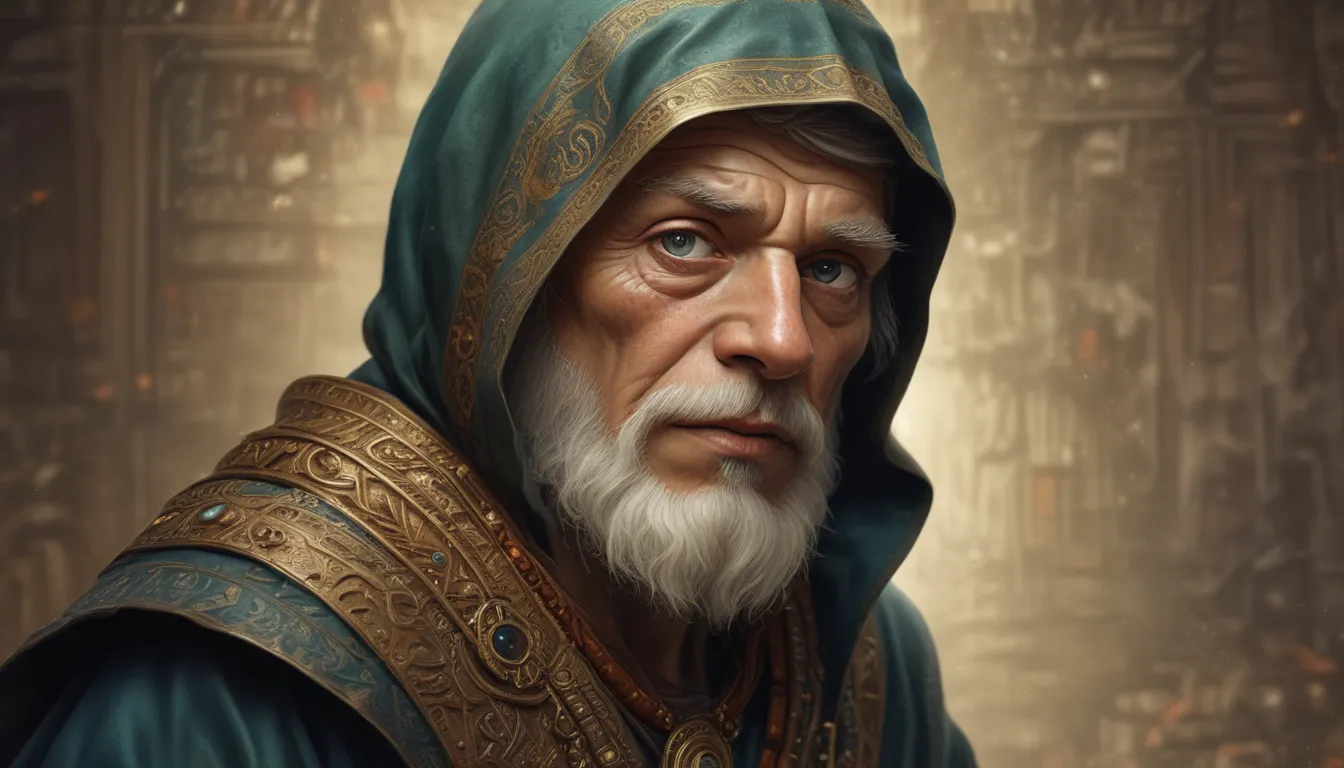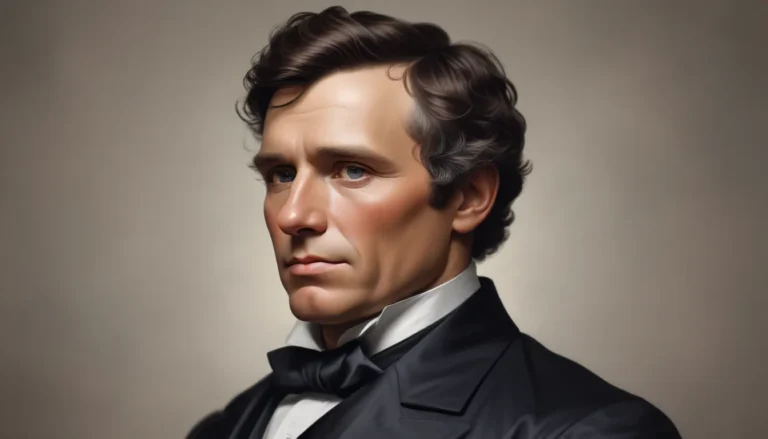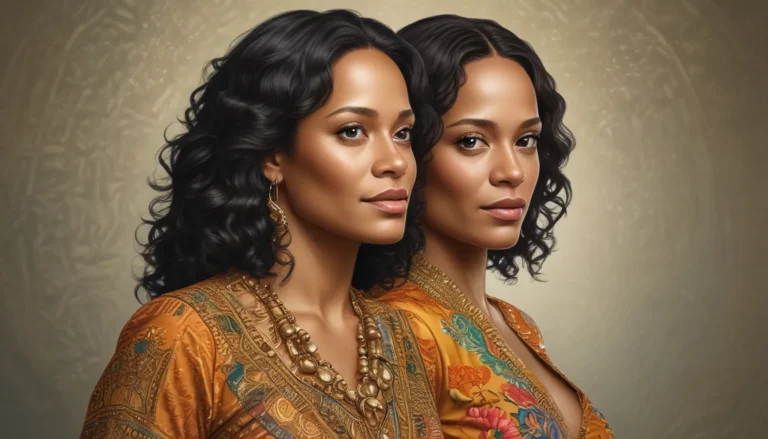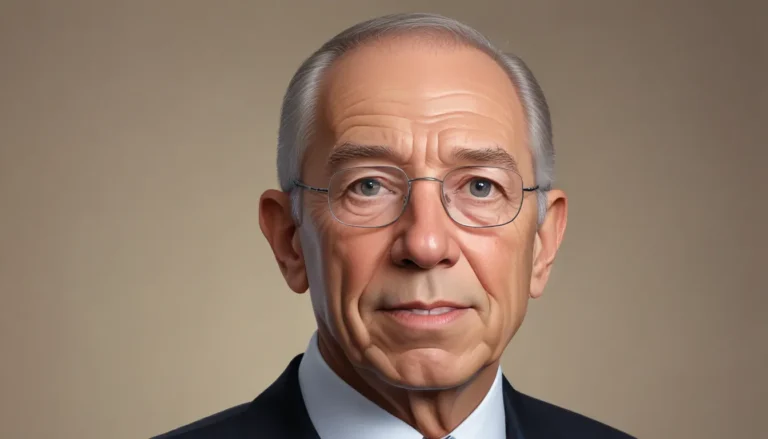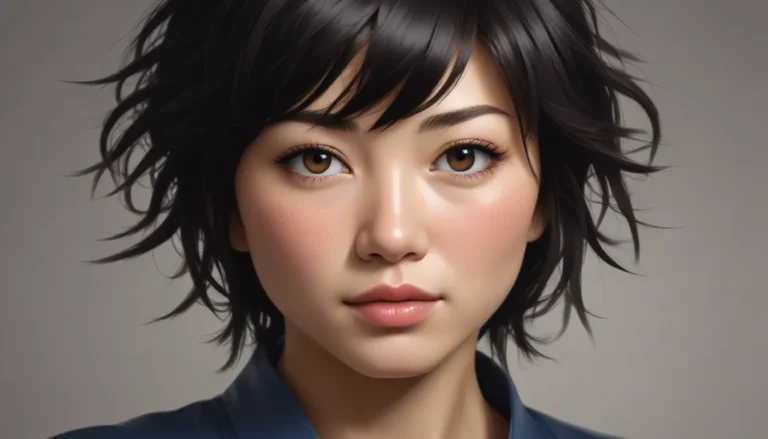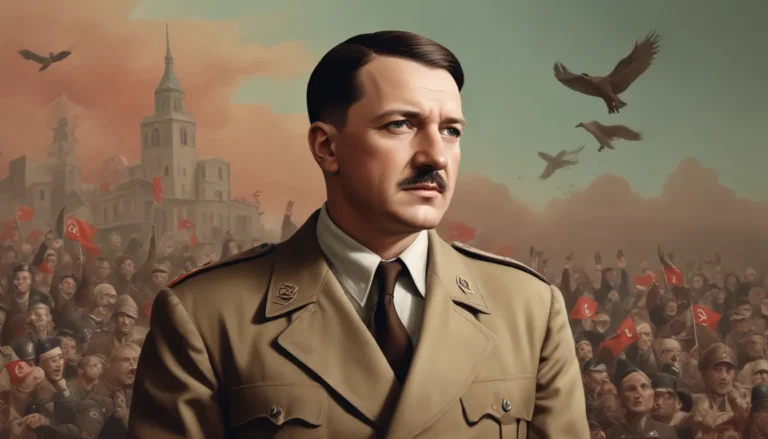The images in our articles may not match the content exactly. They are used to grab your attention, not to show the exact details in the text. The images complement the text but do not replace it.
Welcome to the intriguing world of Pepi II, the enigmatic pharaoh of the Sixth Dynasty of ancient Egypt. Known for his remarkable longevity and influential reign, Pepi II continues to captivate historians and enthusiasts alike. Join us as we uncover nine extraordinary facts about his life and legacy, revealing the rich tapestry of ancient Egyptian civilization.
Delving into Pepi II’s Reign
Pepi II, also known as Neferkare, ascended to the throne of Egypt at the tender age of six and went on to rule for a staggering 94 years. His reign, which began in the 23rd century BCE, holds the record as the longest in the history of ancient Egypt. Despite facing challenges from regional governors and witnessing the decline of pyramid construction, Pepi II’s rule brought stability, economic prosperity, and a flourishing of literature and the arts to ancient Egypt.
The Last Ruler of the Old Kingdom
As the final king of the Sixth Dynasty, Pepi II marked the end of the Old Kingdom era in ancient Egypt. This period was characterized by impressive pyramid construction and centralized power. However, under Pepi II’s reign, the decline of centralized power led to the rise of regional governors and a shift in the political landscape of the kingdom.
Administrative Excellence and Governance
Pepi II was celebrated for his knowledgeable and efficient administration. His keen intellect and strategic governance brought relative stability and economic prosperity to Egypt. Implementing various administrative reforms, Pepi II improved the efficiency of the government and ensured the smooth functioning of the kingdom.
Family and Alliances
Throughout his long reign, Pepi II married several queens and fathered a large number of children. This strategic move aimed to strengthen alliances between noble families and ensure a secure succession. The descendants of Pepi II continued to hold positions of power in Egypt for generations to come.
Devotion to Religion and Architecture
A devout follower of the ancient Egyptian religion, Pepi II had a deep fascination with religious rituals. He actively participated in ceremonies and constructed numerous temples dedicated to various deities, enhancing his religious authority and leaving a lasting architectural legacy in ancient Egypt.
Literary Legacy and Artistic Patronage
Pepi II’s love for literature and the arts was renowned throughout ancient Egypt. As a highly educated individual, he sponsored the creation of many literary works and amassed a vast collection of scrolls and manuscripts in his palace. His patronage of the arts contributed to the cultural flourishing of his reign.
Challenges and Decline
In his later years, Pepi II faced challenges from regional governors as the centralized power of the pharaoh weakened. This shift in power dynamics posed threats to his authority, contributing to the decline of the Old Kingdom. The changing political landscape marked a pivotal moment in ancient Egyptian history.
Mysterious Resting Place
Despite extensive excavations and discoveries of ancient Egyptian tombs and mummies, the location of Pepi II’s mummy remains a mystery. The elusive search for his final resting place continues to intrigue historians and archaeologists, adding a layer of mystery to his already enigmatic legacy.
Transition in Burial Practices
Pepi II’s reign witnessed the beginning of a decline in pyramid construction as royal tombs. Pharaohs began opting for smaller, more discreet tombs cut into the rock, influenced by economic factors and changing political dynamics. This transition marked a significant shift in burial practices in ancient Egypt.
Unraveling the Legacy of Pepi II
In conclusion, Pepi II stands as a compelling figure in ancient history, with his reign marked by exceptional longevity and achievements. Exploring the legacy of this enigmatic pharaoh provides valuable insights into the rich history and culture of Ancient Egypt. As we continue to unravel the mysteries surrounding Pepi II, we gain a deeper understanding of ancient civilizations and their enduring impact on the world today.
FAQs About Pepi II
-
Q: How long did Pepi II reign?
A: Pepi II reigned for an incredible 94 years, making him the longest-reigning monarch in recorded history. -
Q: What were some of Pepi II’s achievements?
A: Pepi II was known for his patronage of the arts, expansion of trade networks, and strengthening of Egypt’s political power. -
Q: How did Pepi II maintain such a long reign?
A: Pepi II’s longevity on the throne was sustained by effective governance, strategic alliances, and loyal support from advisors and military generals. -
Q: What impact did Pepi II have on Ancient Egyptian society?
A: Pepi II played a pivotal role in shaping the religious, cultural, and political landscape of Ancient Egypt, fostering stability and prosperity in the kingdom. -
Q: Is there still much to learn about Pepi II?
A: Absolutely! Despite the wealth of information available, many aspects of Pepi II’s life and reign remain shrouded in mystery, sparking ongoing research and archaeological discoveries.
As we explore the extraordinary facts of Pepi II’s reign, we uncover a deeper appreciation for the complexities of ancient Egyptian civilization and the enduring legacy of its remarkable rulers. Dive into the mysteries of the past and unravel the secrets of Pepi II’s enigmatic legacy, a testament to the captivating history of ancient Egypt.
